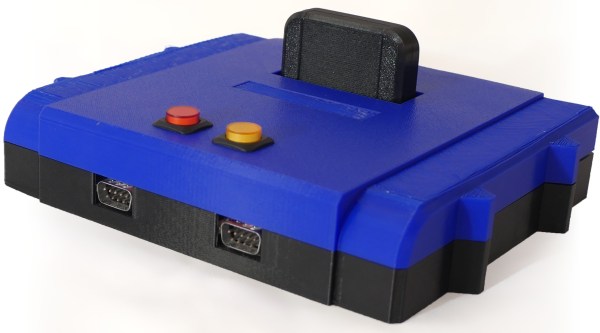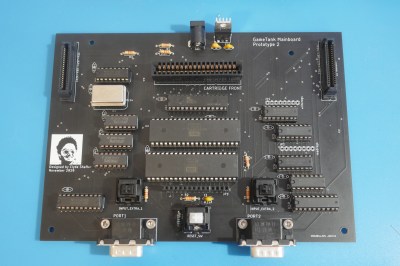Just a few days ago, MCH2022, a six day long hacker camp in Netherlands, has concluded – bringing about three thousand hackers together to hang out. It was my first trip to a large hacker camp like this, as I’ve only been to smaller ones, and this story is coming from someone who’s only now encountering the complexity and intricacy of one. This is the story of how it’s run on the inside.
 MCH2022 is the successor of a hacker camp series in the Netherlands – you might’ve heard of the the previous one, SHA, organized in 2017. The “MCH” part officially stands for May Contain Hackers – and those, it absolutely did contain. An event for hackers of all kinds to rest, meet each other, and hang out – long overdue, and in fact, delayed for a year due to the everpresent pandemic. This wasn’t a conference-like event where you’d expect a schedule, catering and entertainment – a lot of what made MCH cool was each hacker’s unique input.
MCH2022 is the successor of a hacker camp series in the Netherlands – you might’ve heard of the the previous one, SHA, organized in 2017. The “MCH” part officially stands for May Contain Hackers – and those, it absolutely did contain. An event for hackers of all kinds to rest, meet each other, and hang out – long overdue, and in fact, delayed for a year due to the everpresent pandemic. This wasn’t a conference-like event where you’d expect a schedule, catering and entertainment – a lot of what made MCH cool was each hacker’s unique input.
Just like many other camps similar to this, it was a volunteer-organized event – there’s no company standing behind it, save for a few sponsors with no influence on decisionmaking; it’s an event by hackers, for hackers. The Netherlands has a healthy culture of hackerspaces, with plenty of cooperation between them, and forming a self-organized network of volunteers, that cooperation works magic. Continue reading “Mutually Crafted Happiness: How MCH2022 Happened”














